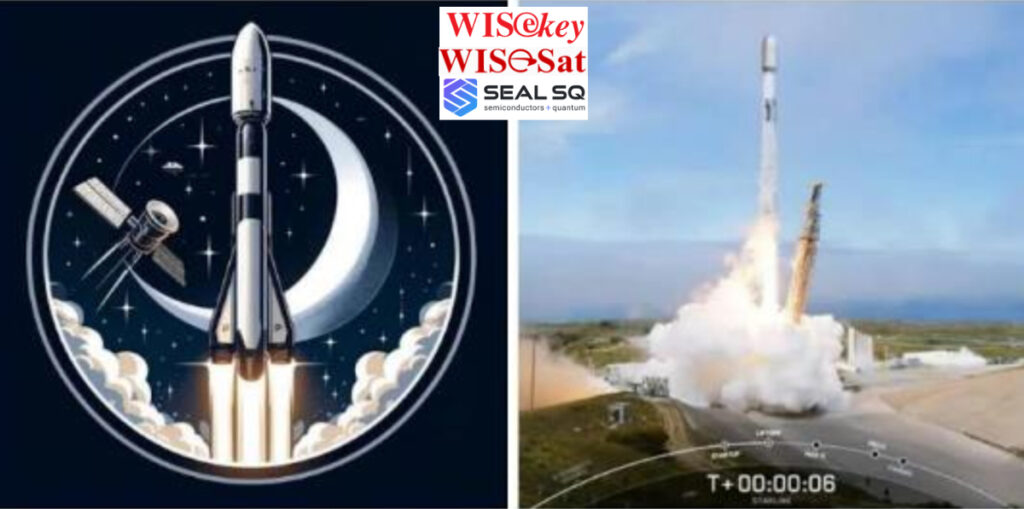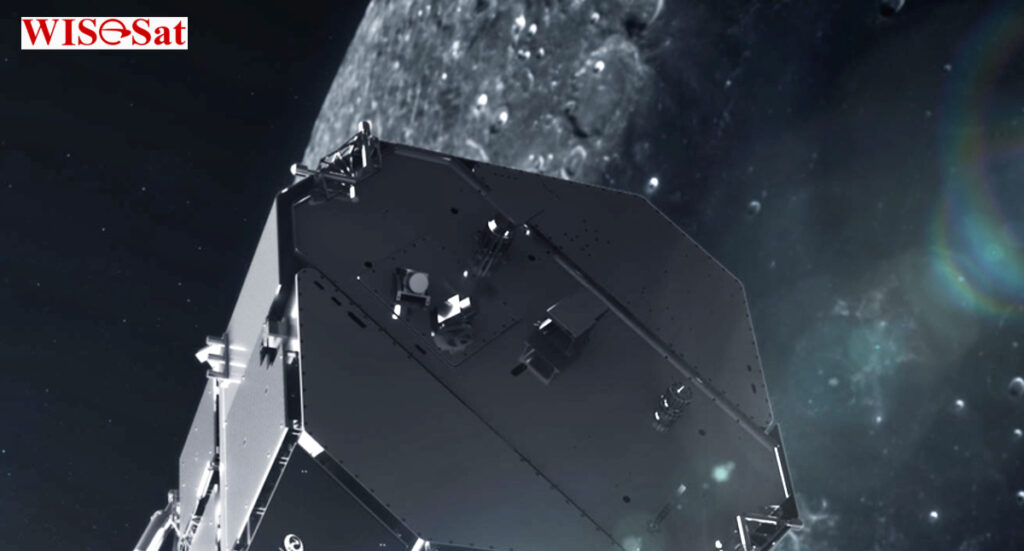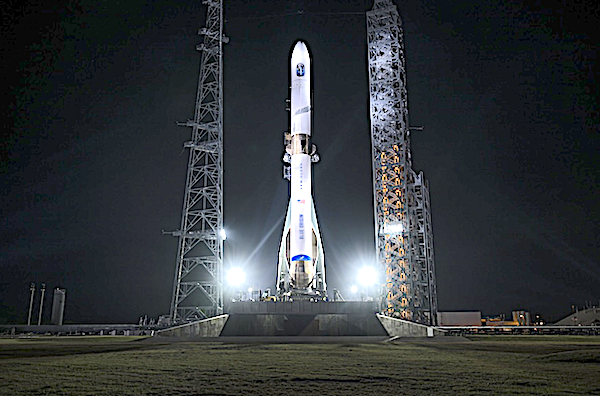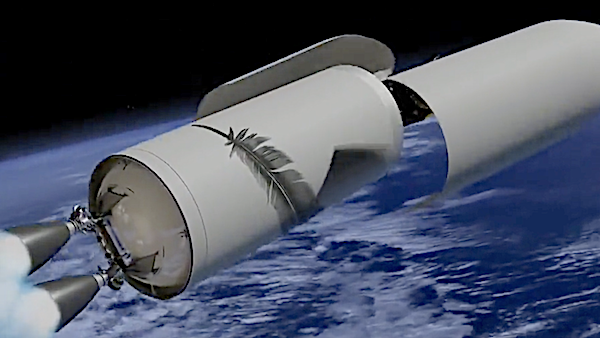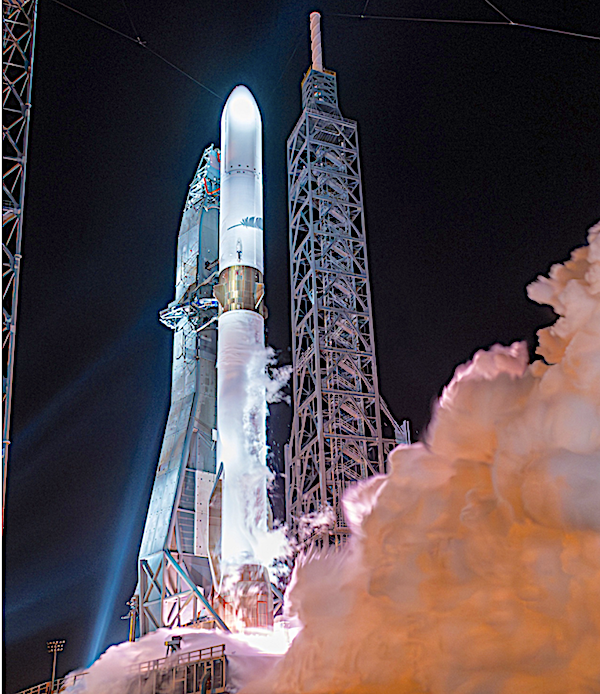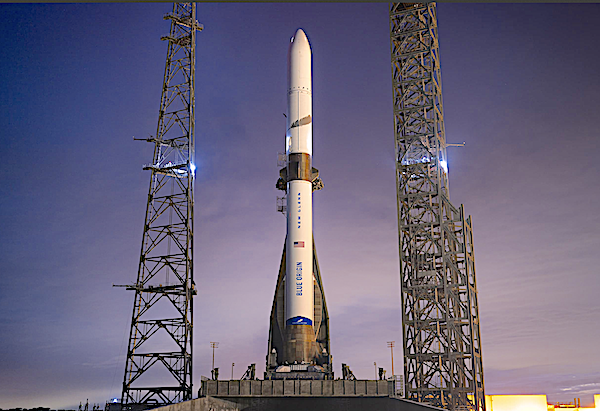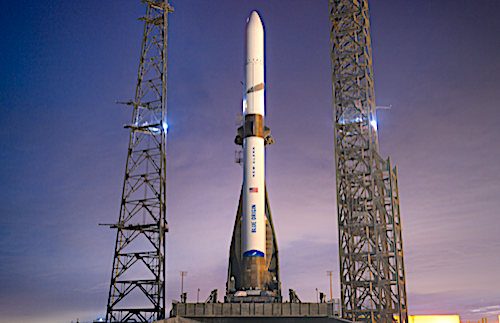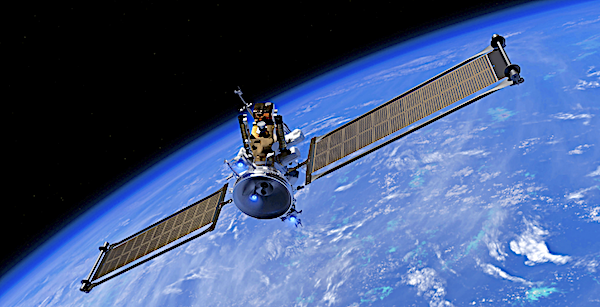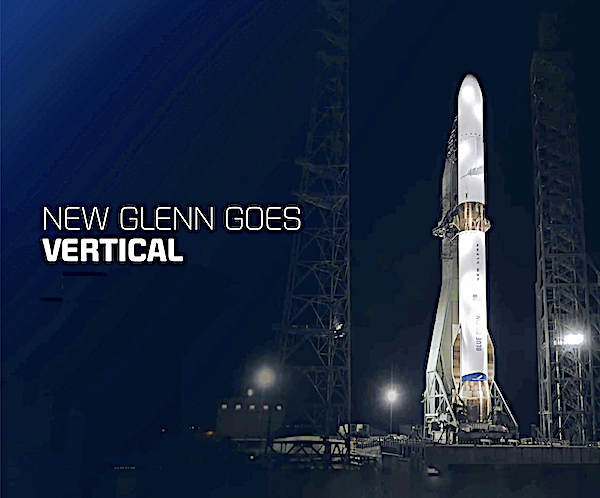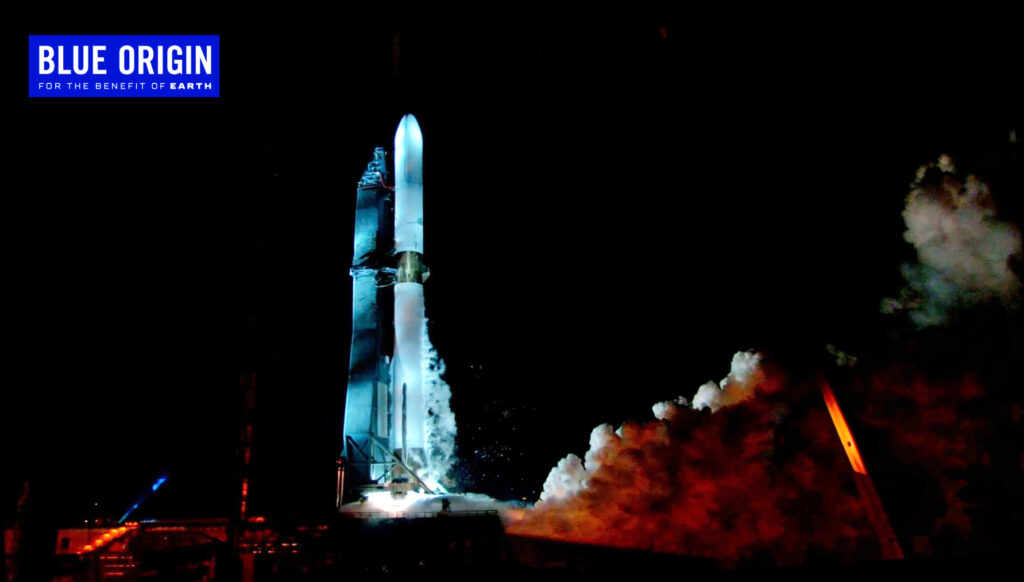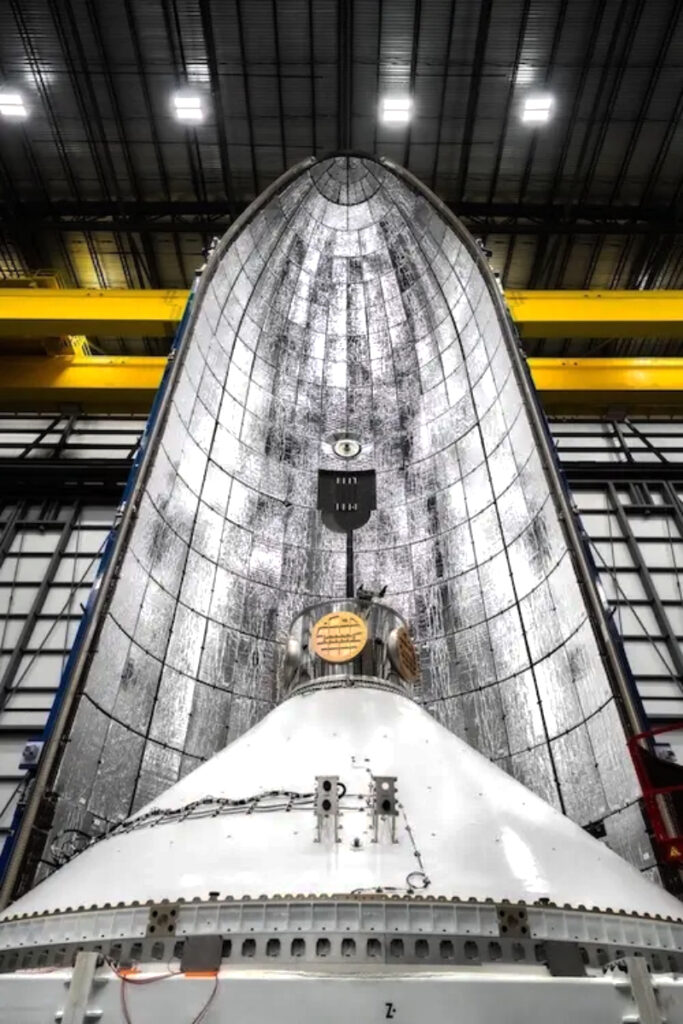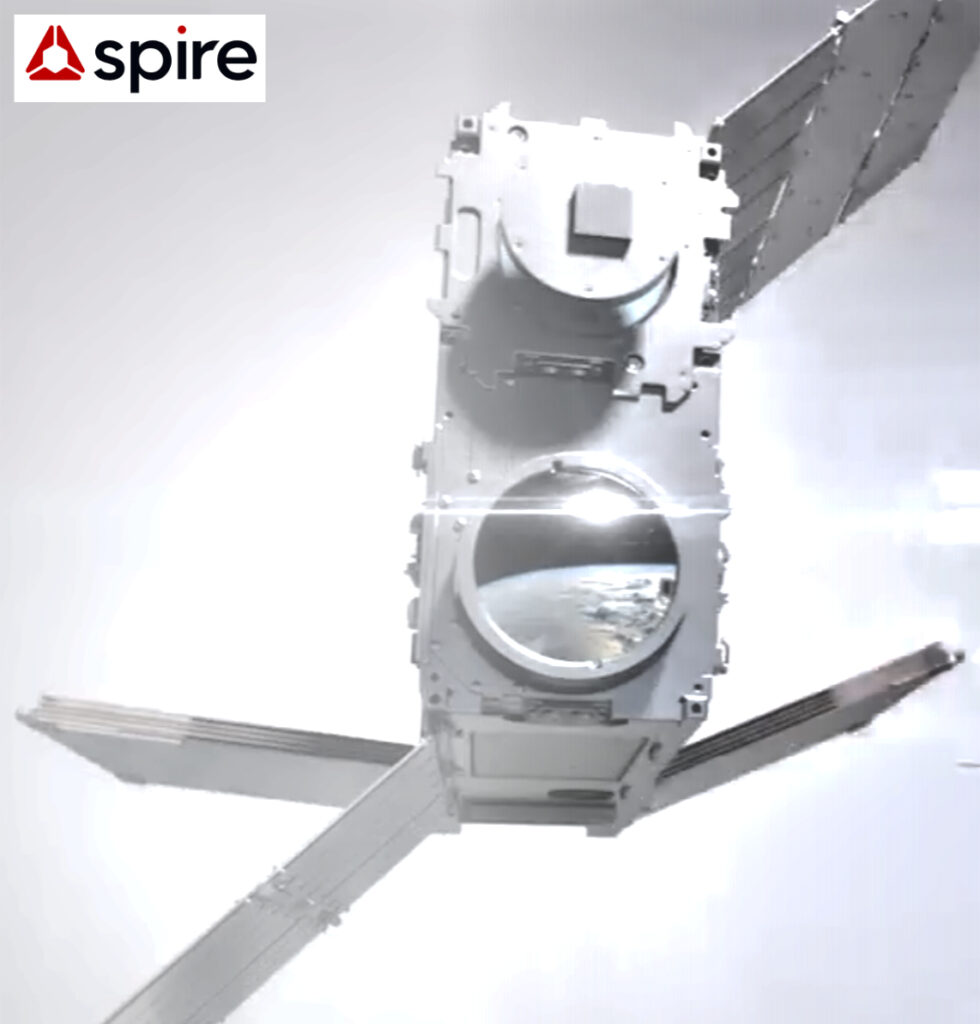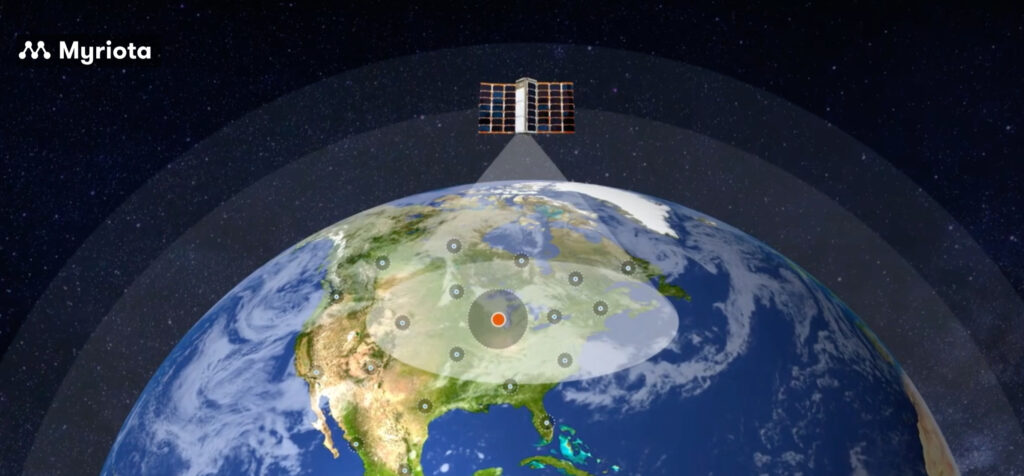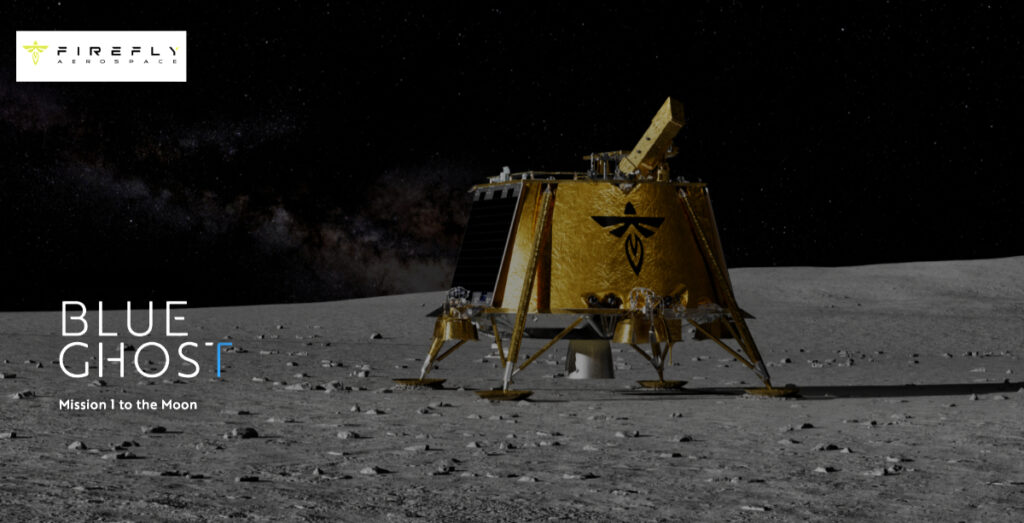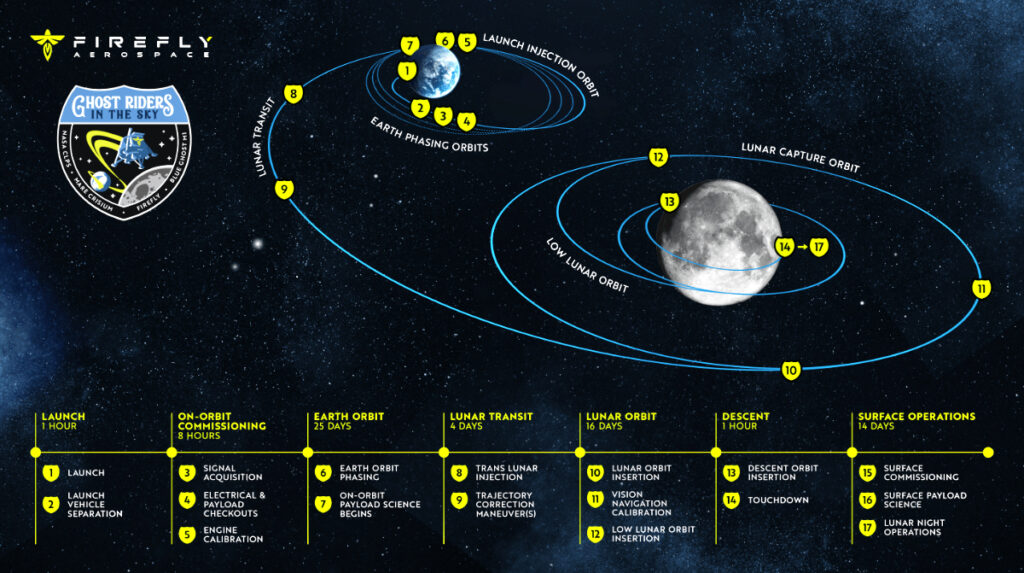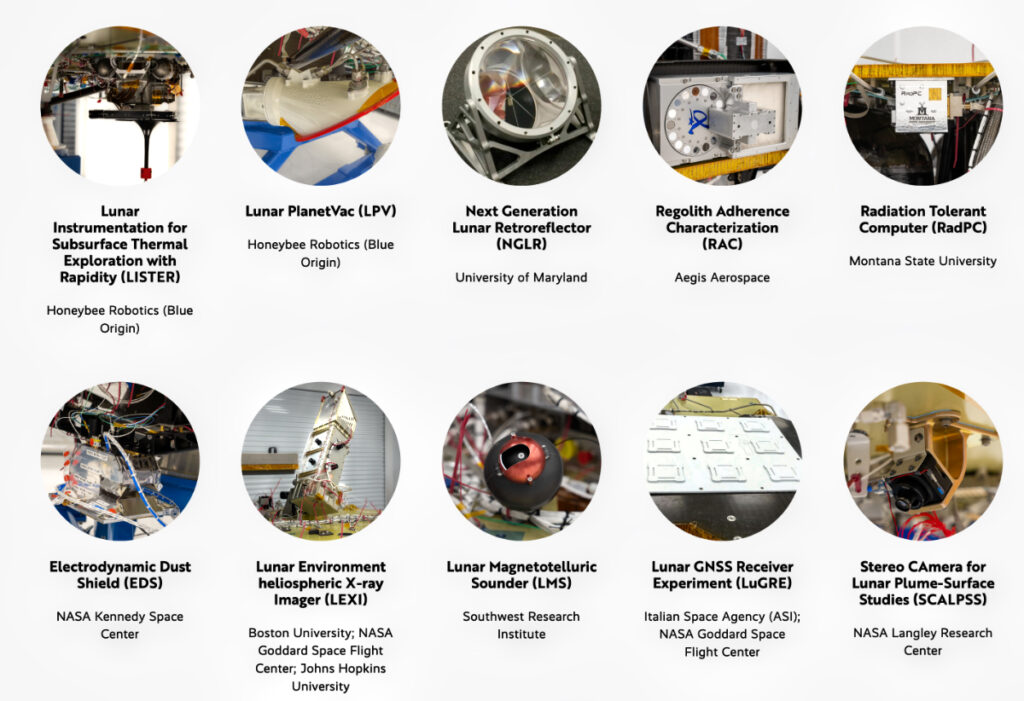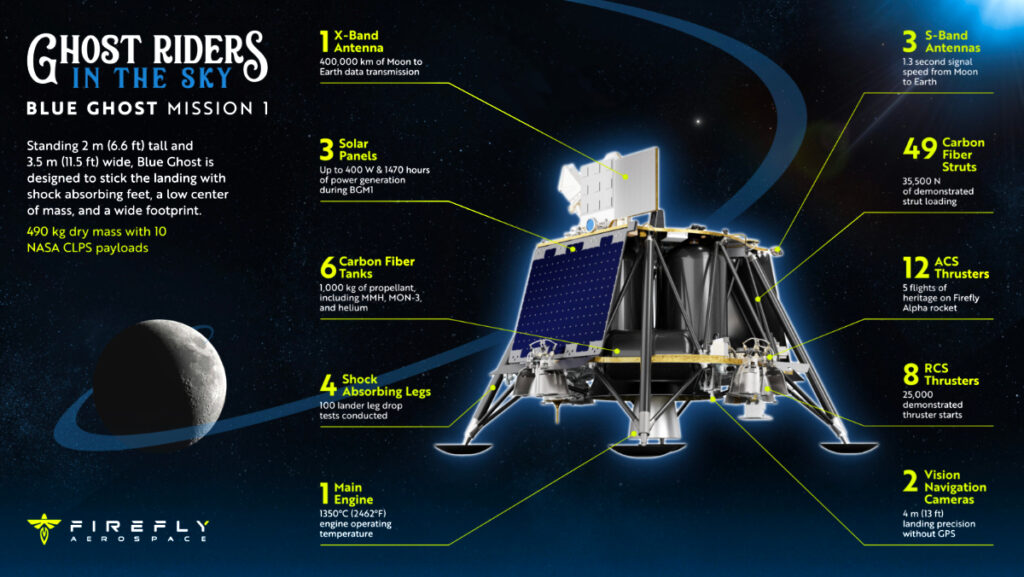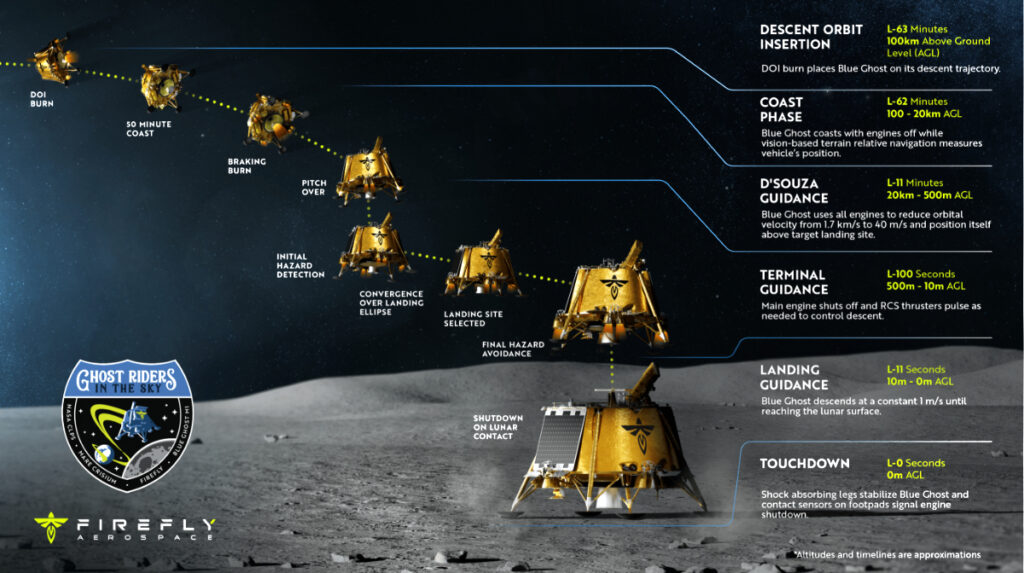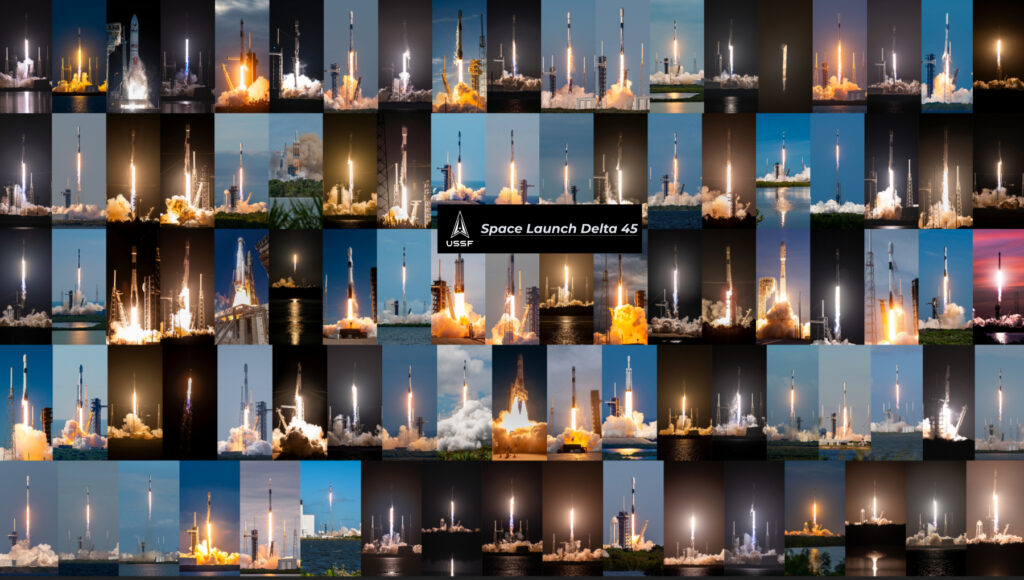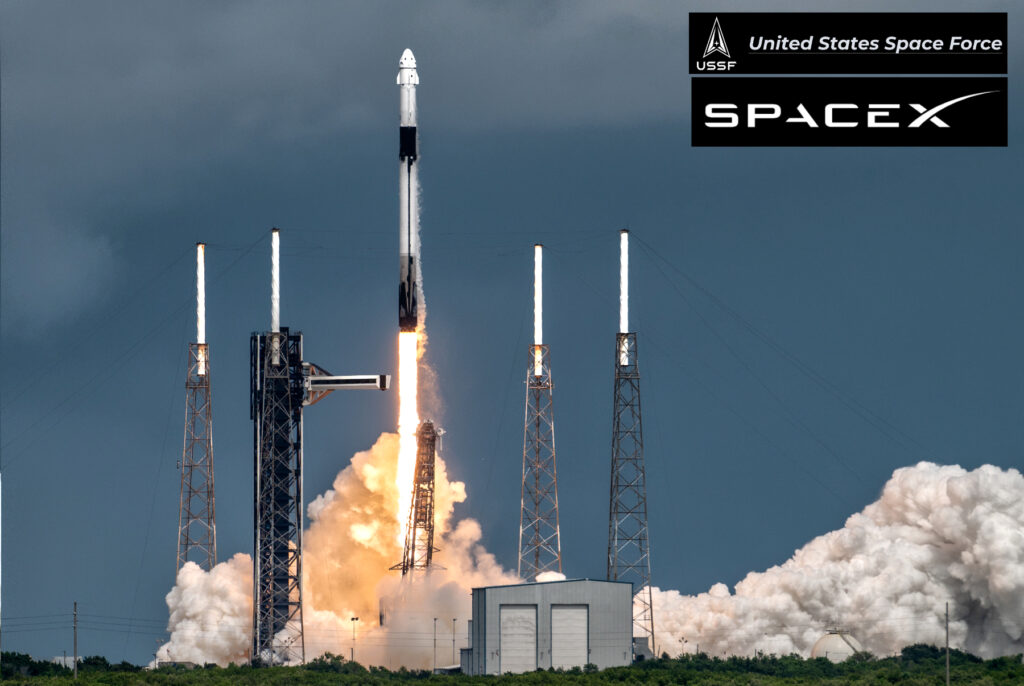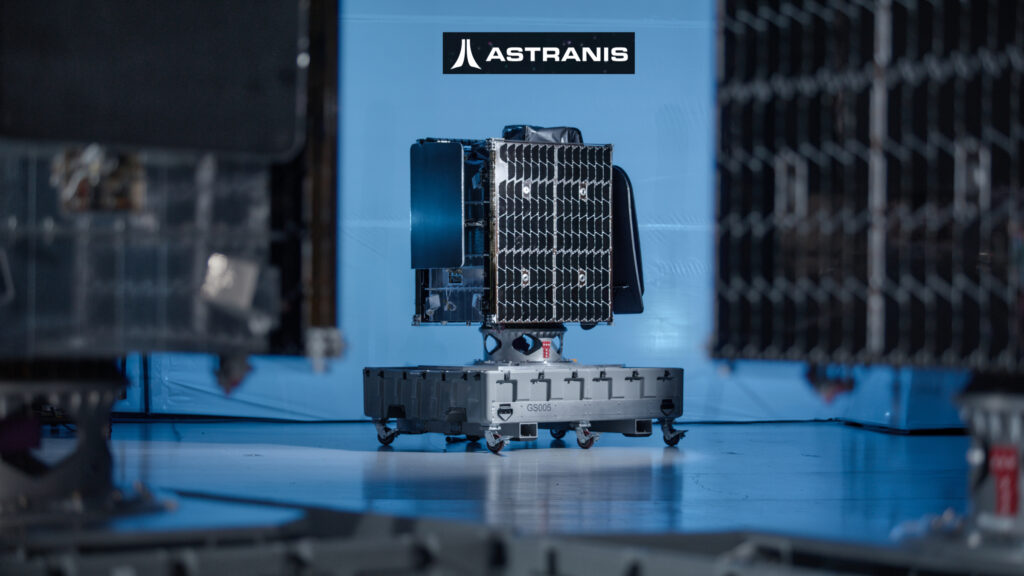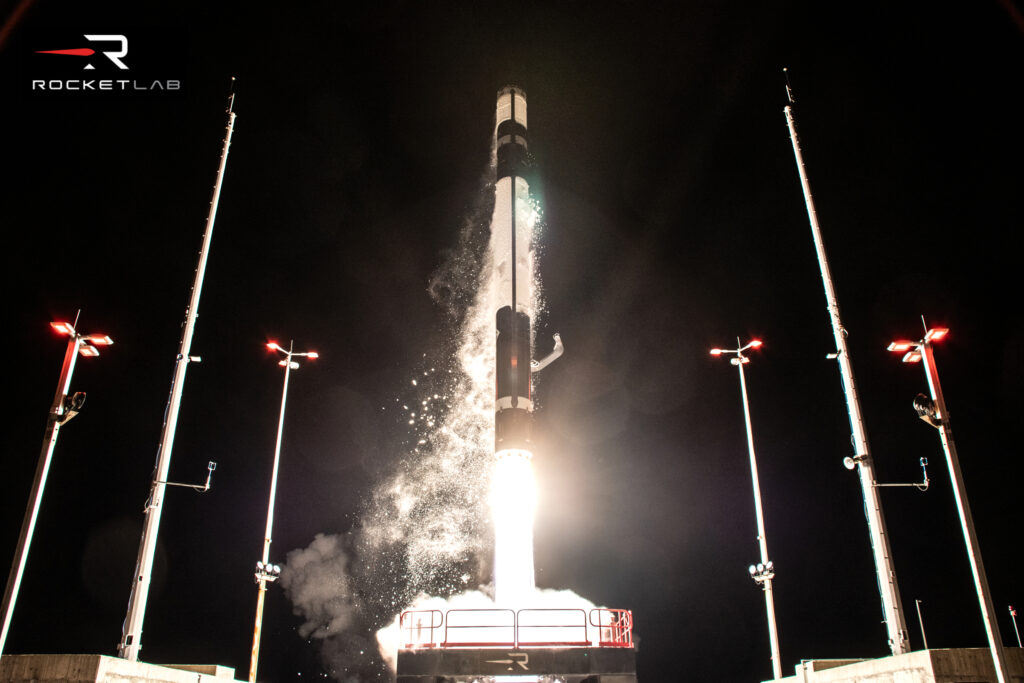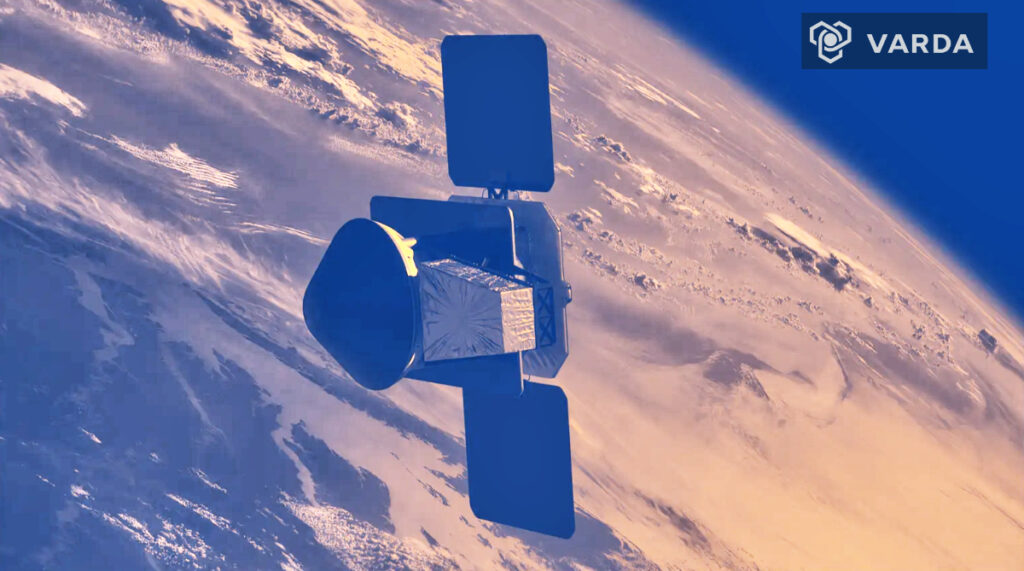
Varda Space Industries has announced the successful launch of the company’s second orbital processing spacecraft and re-entry capsule, W-2, which lifted off aboard the Transporter-12 rideshare mission with SpaceX from Vandenberg Space Force Base in California.
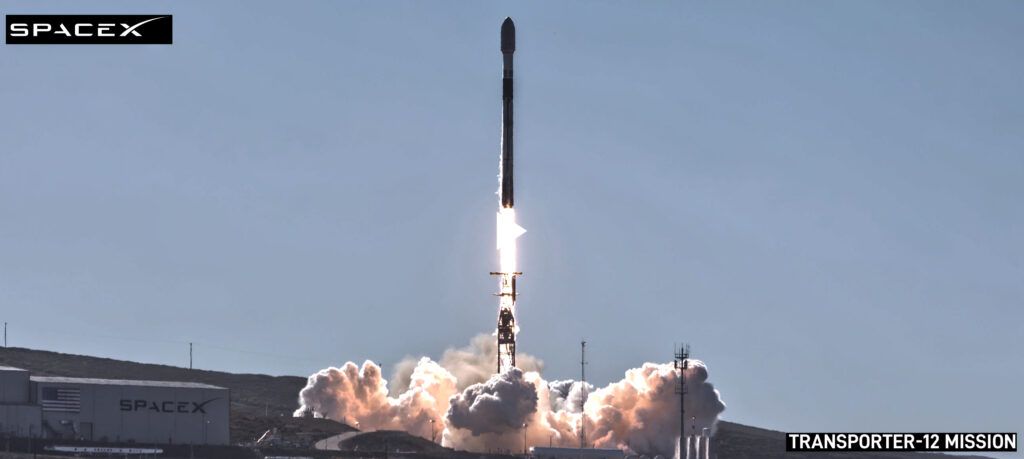
The W-2 capsule will orbit Earth for the next few weeks before re-entering the Earth’s atmosphere and landing at the Koonibba Test Range in South Australia. This will be Australia’s first ever commercial spacecraft re-entry and marks an exciting new chapter in our nation’s spacefaring history.
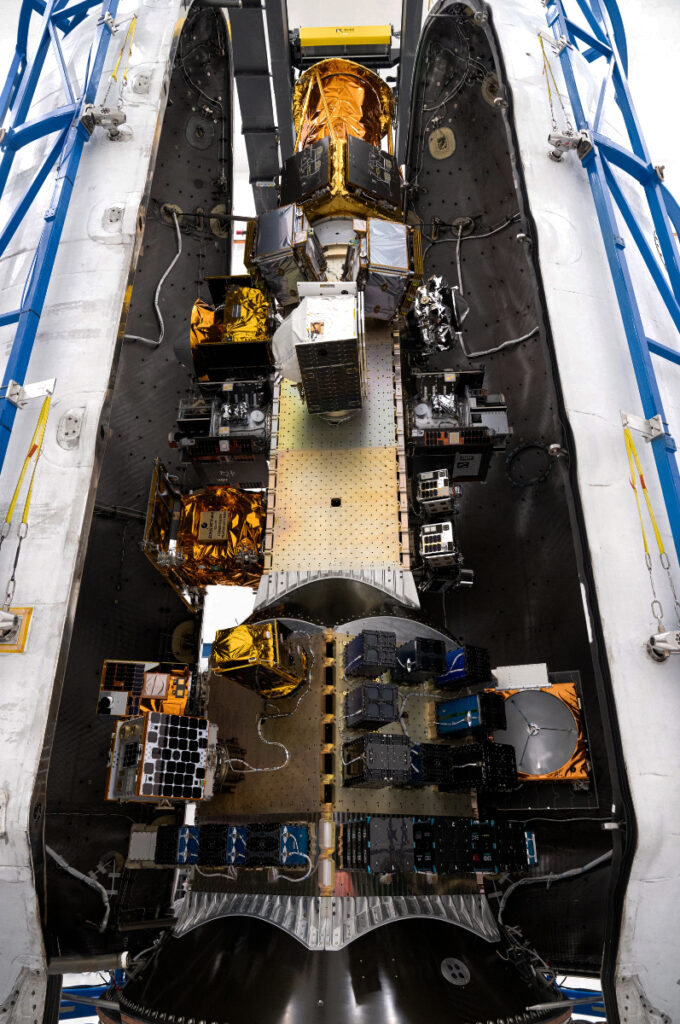
Southern Launch was responsible for securing all required Australian approvals for the mission and has coordinated an end-to-end service for managing the re-entry process and retrieval of the capsule from the Australian desert once it lands back on Earth.
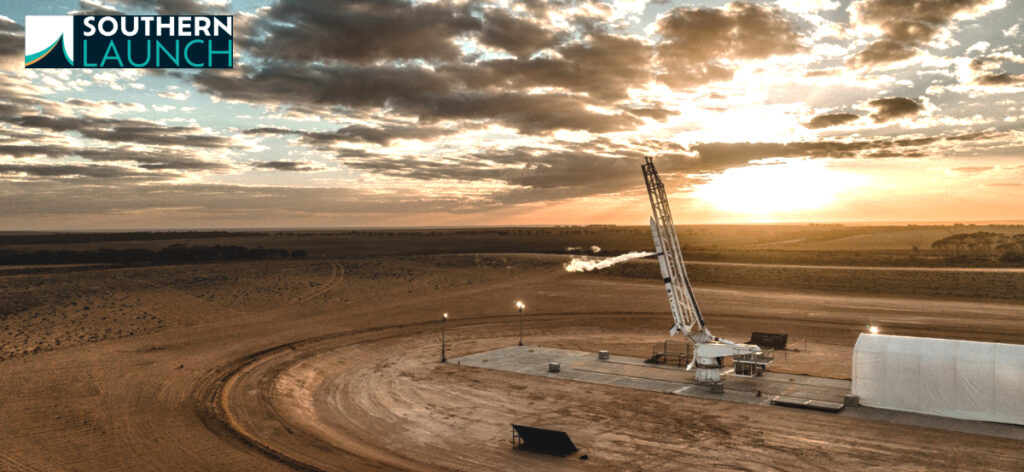
Varda Space Industries are pioneers in developing orbital manufacturing capsules and have selected Southern Launch for their next three W-Series missions. The natural advantages of the space environment, in particular microgravity, enables the production of improved pharmaceutical formulations that cannot be produced anywhere on Earth.
The W-2 capsule carries payloads from Varda partners, including a spectrometer from the Air Force Research Laboratory (AFRL), and employs a heat shield with a Thermal Protection System (TPS) developed in collaboration with NASA’s Ames Research Center in California’s Silicon Valley. These payloads are in addition to Varda’s expanded pharmaceutical reactor. Southern Launch operates the Koonibba Test Range in partnership with the Koonibba Community Aboriginal Corporation.
The Koonibba Test Range offers the greatest return flexibility given the low airspace and uninhabited land. Until the first Varda mission in 2023, all in-space manufacturing was carried out on the International Space Station. The W-Series missions will usher in a new era of commercial in-space manufacturing.
The return authorization for the mission was granted by the Australian Government in October 2024 and was the first authorization approved for a domestically returning spacecraft under the amended Space (Launches and Returns) Act 2018.
Lloyd Damp, CEO, Southern Launch, said, “The successful launch of the W-2 capsule is only the beginning of this incredibly exciting mission. Our team is now focused on the safe return and recovery of the capsule to the Koonibba Test Range.’ ‘By the end of this decade, it is predicted that we will all be using items that contain some element that is produced off Earth we are incredibly proud to bring this industry to South Australia.’ ‘In-space manufacturing is the next evolution of our industry capacity as humans. We are so proud to bring this mission to Australia and this first mission signals a new wave of excitement as to what is possible both here on Earth and in space.“
Will Bruey, CEO, Varda Space Industries, said, “Varda is honored to perform Australia’s first commercial space re-entry, and we’re excited to partner with our friends at Southern Launch to support the development of a thriving Australian space sector. Australia is clear-eyed about the promise of orbital pharmaceutical processing, and Southern Launch have led the way for the future of space infrastructure on Earth.”
Corey McLennan, CEO, Koonibba Community Aboriginal Corporation, said, “The Koonibba Test Range offers more than 41,000 square kilometres of uninhabited land to accept the re-entry of in-space manufacturing capsules,’ says Corey. ‘This open space is essential to accept spacecraft returns and for low-earth orbit to be the genesis of a new era of advanced manufacturing in Australia.”
About Southern Launch
Southern Launch is a launch and range service provider, headquartered in Adelaide, South Australia. Southern Launch operates the Koonibba Test Range and Whalers Way Orbital Launch Complex. The Koonibba Test Range is one of the largest commercial rocket testing facilities in the world. The range is used to launch sub-orbital missions and accept re-entries of space technology. The Whalers Way Orbital Launch Complex at the tip of the Eyre Peninsula in South Australia supports high-cadence orbital launches into the highly sought after polar and sun synchronous orbits. Southern Launch expands space exploration from the Southern Hemisphere with end-to-end launch services for every space mission.



